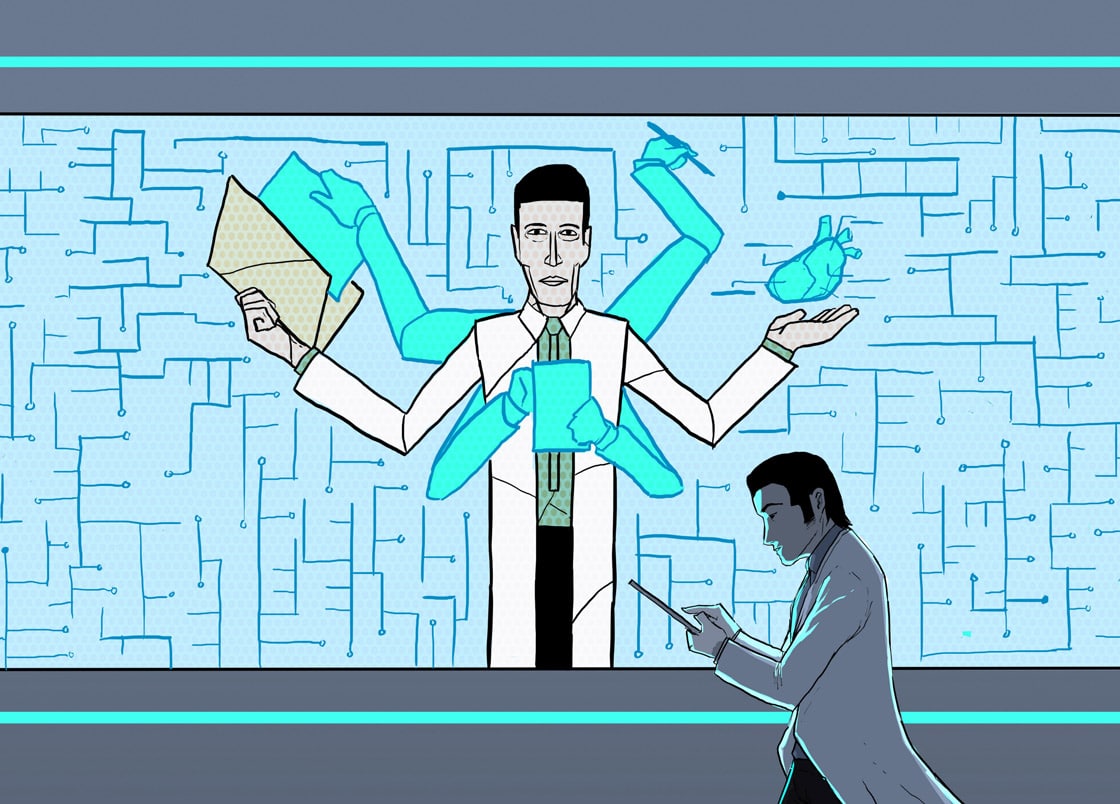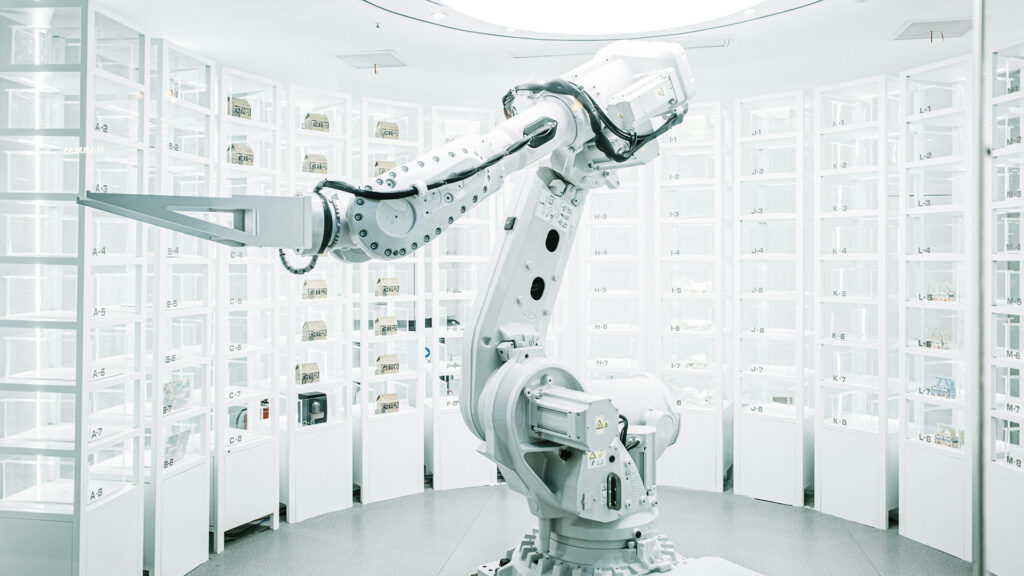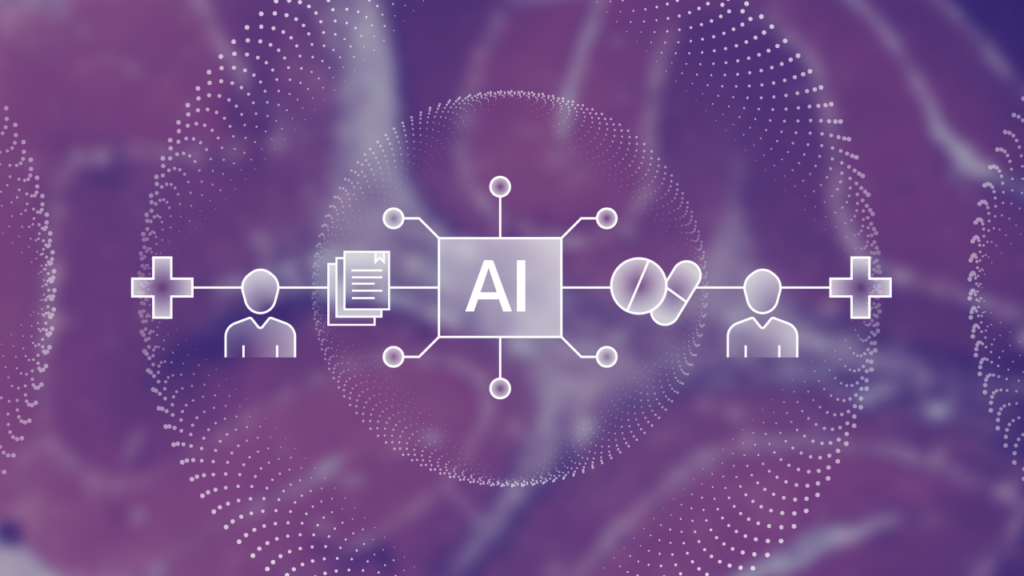Artificial Intelligence Wants To Make Us Healthier, If We Let It
Obvious |

Few words are thrown around Silicon Valley as often as Artificial Intelligence (AI) and Machine Learning (ML) these days. Startups promising to create new businesses enabled by AI and ML-driven technologies come through our offices on a weekly basis. We’ve even invested in a few. This process—coupled with conversations with other entrepreneurs, investors, and academics—have informed our viewpoint on AI generally, and applicable industries like healthcare specifically.
While science fiction-like healthcare scenarios might still be far off, there are an abundance of investable opportunities for AI-enabled systems in the short run.
AI Democratization → AI Commoditization
Prominent researcher Andrew Ng has stated that “AI is the new electricity. ” Indeed, AI is already a silent force behind the scenes in many of our interactions with the digital world—from the news in your feed to the next show to suggest after a binge session of Stranger Things (seriously, where did my eight hours go?). Catalyzed by increasingly-accessible open source frameworks for machine learning (e.g. Tensorflow, Scikit), AI is on an unprecedented path towards democratization. However, democratization is the first step towards commoditization.
We’re convinced that in a decade, asking anyone if they use AI in their business will be akin to asking someone today if they use electricity in the workplace.
So if AI does not automatically make a product amazing, what is it for? In specific cases, AI can bring speed, precision, and automation to a business. But like any feature, AI has to fit within the product stack. And that product stack has to deliver value. This means that the product has to fit the market need and have a viable business model to boot.
Now imagine that you have an infinite number of people working for free to power the same task that AI is currently powering in your product. Would your business still be differentiated? Ultimately AI-empowered companies still hinge on:
- Access to proprietary data to run (commoditized) algorithms
- Verticalization of product to deliver value to the end user
The Promise of Digitization in a Non-Digitized Market: Healthcare
The exploration of AI is really best positioned as “How is AI optimally applied to [X]?”—and this framework brings us to healthcare, an industry that is undergoing a major digital transition.
Driven by federal government incentives, healthcare providers are finally moving to digitize health records, potentially making large volumes of data available. Genetic annotation has never been so inexpensive, and is getting cheaper by the day. Sensors are now more affordable, enabling a host of new medical devices and tests. Mobile phones and tablets occupy an increasingly large part of our lives, making remote treatment delivery and patient management easier. These tectonic shifts have led to a plethora of new data available to this industry and have stirred the imagination of technologists of how to apply AI tools towards these fresh datasets.
Although the digitization of healthcare creates fertile ground for innovation and the deployment of new tools such as AI, the path ahead is likely more nuanced than a purely health-tech utopia.
Silicon Valley Speedboats vs. Big Healthcare Tugboats
The fundamental belief shared by most everyone in Silicon Valley—the land of unbridled enthusiasm—is that innovation can solve all problems. We share this belief.
However, the valley’s speed of innovation doesn’t always translate into business applications as soon as we’d like, and healthcare has historically been a slow adopter of technology.
Care providers only adopted Electronic Health Record Systems (EHR) en-masse after the HITECH Act of 2009. Basic EHR adoptions increased from 9.4% in 2008 to 83.8% in 2015[i]. Despite widespread adoption, non-standard formats create friction for data movement between healthcare systems and make it difficult of this data to be used to create system intelligence.
One example: paperwork requirements of the healthcare system are extraordinary even today, with doctors spending over 16% of their time on administrative work [ii]. At the same time, doctors spend years (and money) building and honing their judgment to make better medical decisions. This has led to low trust in automated solutions, and often disagreement. Forward thinking hospitals like Stanford Medical Center, the Mayo Clinic and the Cleveland Clinics are early adopters of many new technologies, but that often doesn’t represent general sentiment of the broader market.
The Place to Start: Obvious Market Opportunities
While there is little doubt that data-driven health systems will create value for all players in the ecosystem, and that robots might be performing surgeries autonomously in the longer term, we need to look through a different lens to understand what can bring value to healthcare at scale in the short run. With that time horizon in mind, we believe that successful companies are likely to emerge in one of these categories:
- New tools and cures: New means of diagnoses possible by virtue of AI will gain market adoption rapidly. As a tool used by the existing healthcare system to improve outcomes, they face limited barriers to adoption. AI will also enable drug discovery repurposing to tackle diseases with smaller spreads that traditionally don’t make sense for big-pharma R&D. We’re already seeing early progress here with diagnostic companies Freenome, Grail and 3Scan as well as the drug repurposing chemists at Recursion Pharmaceutical.
- Workflow improvement: There is a demonstrable need for a product that simplifies the jobs of physicians, physician assistants, and nurses. Applications of AI that automate workflow, and convert patient data to a more usable form will add tremendous value by simply freeing up their time for higher-order tasks. Companies like Flatiron and Health Catalyst are interesting players in this space.
- Full stack care providers: Existing care providers may be slow to adopt AI solutions for various reasons. However, opportunities exist for new healthcare entities that are enabled by AI to have lower cost structures, offering a significant competitive advantage over existing providers. Ginger.io, aiming to become the Amazon of the brick and mortar care business, is a company looking to address this opportunity.
Disruption often has a pace that is dictated by factors other than how quickly new solutions are created, adopted and scaled. We need to be cognizant of that and work together to bridge the gap between tech enthusiasm and healthcare pragmatism. A $3.2 trillion market awaits, and we’re looking forward to working with companies that see and seize these—and more—opportunities.
This post was co-authored with OV Summer Associate Sudarshan Bhatija



